Back pain is a major problem facing many of us in the UK. Yoga teacher Fenella Lindsell looks at simple ways to alleviate back pain that can allow you to move more freely.
Around 30 million days of work are lost each year in UK due to back, neck and muscle problems and musculoskeletal conditions, according to the Office of National Statistics. 1 They account for more prolonged absences than any other ailment.
Many of the people that I teach notify me of lower back pain when they join a new class. For me, it is essential to find out what that back pain has involved, especially if the injury has related to a bulging disc in the lumbar spine.
Lots of exercise classes start with leg stretching routines to release stiffness in the hamstrings (the long muscles running down the back of our legs), which is often caused by our increasingly sedentary lifestyle. Unfortunately, such sequences can be more damaging than beneficial for people with lower back issues.
After many years of teaching I can’t help observing posture, gait and how people move; I can spot a lower back issue from a long way off! It is especially noticeable if the student has tight hamstrings, which tends to be identified by a flattened curve around the lower back area.
While yoga can be very helpful in improving lower back pain, it is very important that it is taught in a way that does not worsen this condition. Instead, it should provide a tool kit to stop it getting worse in the future.
Our discs
Essentially these clever cushions between the vertebrae of the spine are designed to act as shock absorbers for the brain in the range of activities that the body endures on a daily basis.
They are a combination of an inner disc, which is made of a gel-like substance, and the annulus fibrosis , which is a ring of ligament that supports and surrounds the centre.
An individual who does not suffer from lower back pain will tend to have a mild forward curve in their lower back which helps to evenly distribute the weight through the discs and spinal column.
When we bend forward (spinal flexion), we naturally put more weight on the front of the discs. This pushes the gel-like disc backwards into the ligaments that are now being stretched. Forcing these stretches with straight legs will naturally weaken the supporting ligaments which may tear and the gel-like inner disc then leaks out, causing a herniated disc. Anyone who has experienced this will know how unbelievably painful it can be, particularly when it presses on a nearby nerve. It may refer into the leg and hip.
We all know that heavy lifting can be a killer for lower backs, but so can repetitive forward bends, mainly because half our body weight is above our waist!
Our hamstrings
These long muscles extend from the back of the knee and attach to the sitting bones. When we do seated forward bends, tightness in the hamstrings prevents the pelvis from rotating forward and instead tilts it backwards, forcing the movement into the lower back and putting unnecessary strain on the ligaments.
We are led to believe that if we build up our abdominal muscles, we are less likely to suffer lower back pain, which can be true. However, sit ups and crunches cause the long back extensor muscles that run parallel to the spine to weaken, bringing an imbalance to the lower back. Over-developed abdominal muscles tend to increase the posterior tilt of the pelvis by lifting the front of the hips, pulling down on the rib cage and increasing the forward slumping action of the spine. This also leads to the classic shortening of the back of the neck and hunching of the shoulders… not a good mix!
In a class, students with lower back issues will tend to default to their natural posture, our goal as teachers is to prevent this posterior tilt in the pelvis and release tightness in the hamstrings.
Our pelvic tilts
A very simple exercise to check your pelvic tilt is to lie on your back with one straight leg stretched out on the floor and take your other straight leg to the ceiling. If you can’t hold your leg perpendicular to the floor, then the chances are that your pelvis is tilting posteriorly and you are at risk of damaging your lower back if you force your forward bends.
Detailed below are postures that will help you to progress towards forward bends, helping you to practice safely and with awareness. Please read the disclaimer at the bottom of the page before attempting any of the following exercises.
MARIJASANA/BITILASANA - Cat/Cow


The Pose:
The Benefits:
SETHU BANDHASANA - Bridge


The Pose:
The Benefits:
UTKATASANA - Chair

The Pose:
The Benefits:
SALABHASANA - Locust


The Pose:
The Benefits:
MAKARA ARDHO MUKA SVANASANA - Dolphin plank

The Pose:
The Benefits:
SUPTA PADANGHUSTANA - Supine hand to foot

The Pose:
The Benefits:
BHARAVAJRASANA - Mermaid

The Pose:
The Benefits:
VIPARITA KARANI - Legs up the wall

The Pose:
The Benefits:
If these postures are practised 2-3 times a week for between 8-10 minutes, symptoms of back pain will diminish as the back becomes stronger and the hamstrings grow longer!
Summary
Modern lifestyles are not really conducive to healthy lower backs: we sit for unsuitably long periods with poor posture, we lift small children, move heavy furniture, carry shopping and then decide that the garden needs to be cleared in a weekend and then wonder why our backs give out! Consistent practice of yoga postures may help to alleviate this backache.
Disclaimer: FutureYou Cambridge is not liable for any issues connected with the exercises described on our website. If you feel any pain or discomfort when performing any of the exercises above, please consult a professional before continuing.
References
1. Office for National Statistics. Total of 137 million working days lost to sickness and injury in 2016. News. March 2017

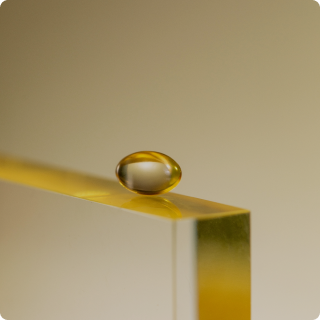


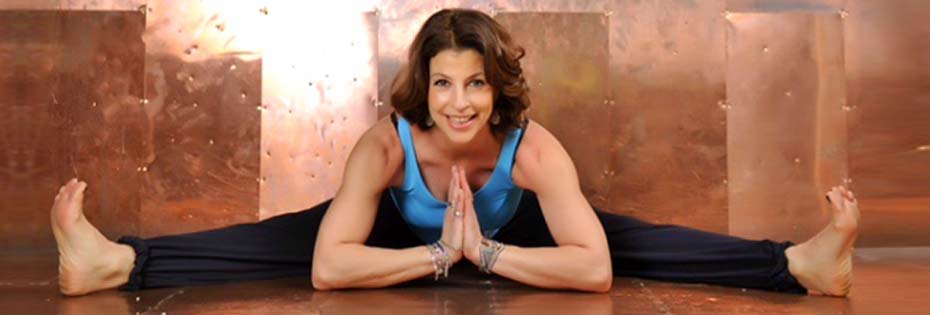

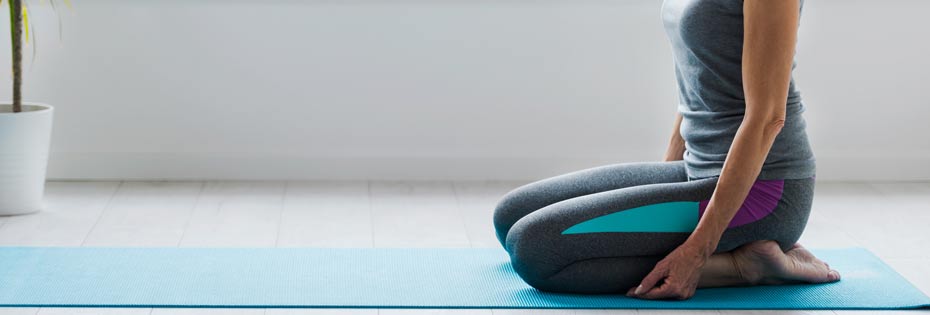

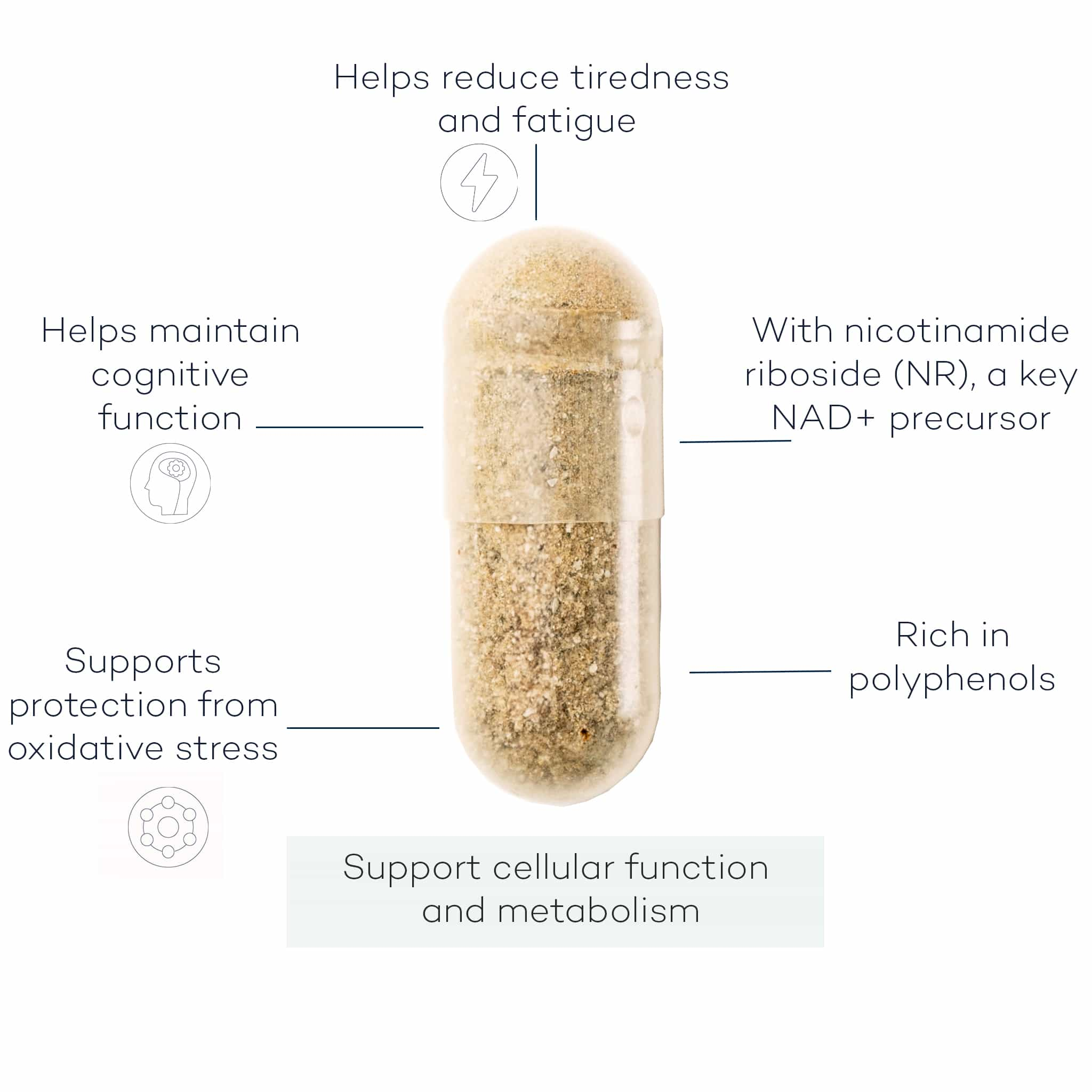

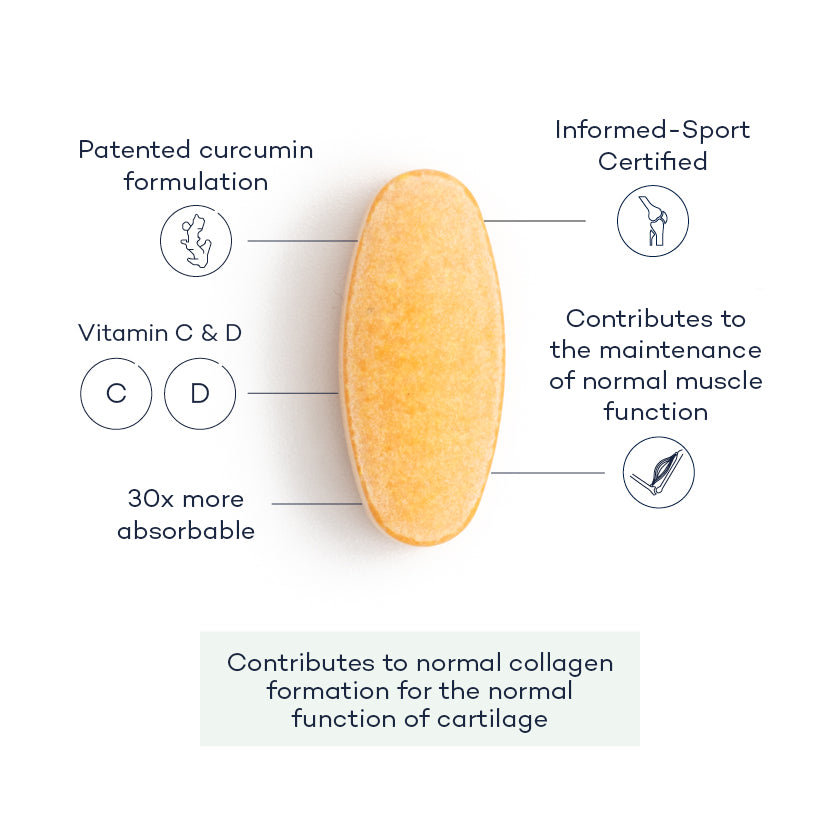

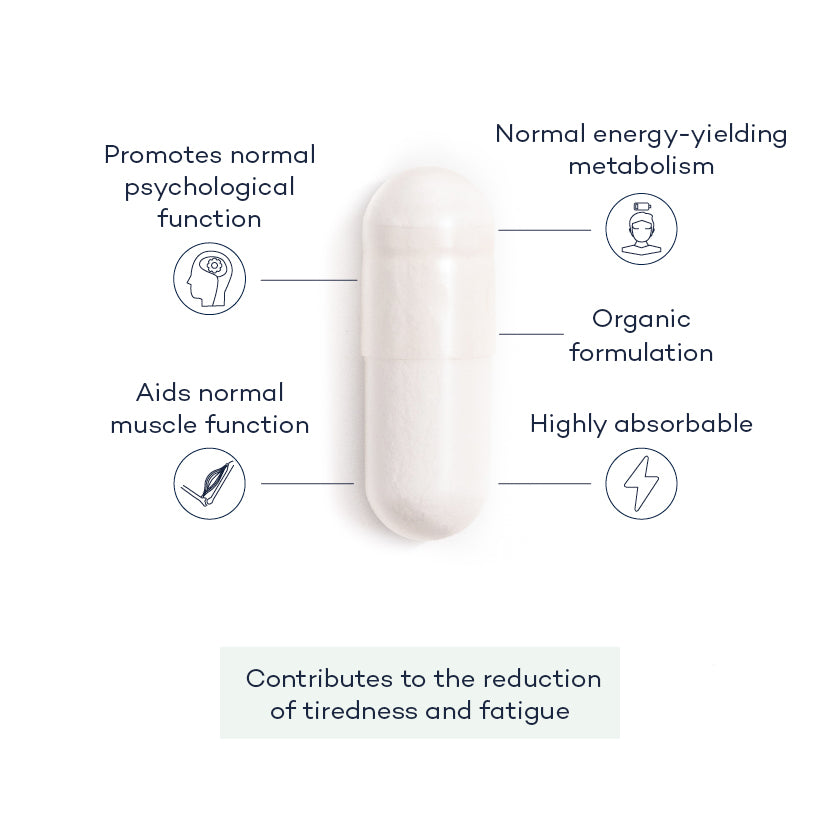
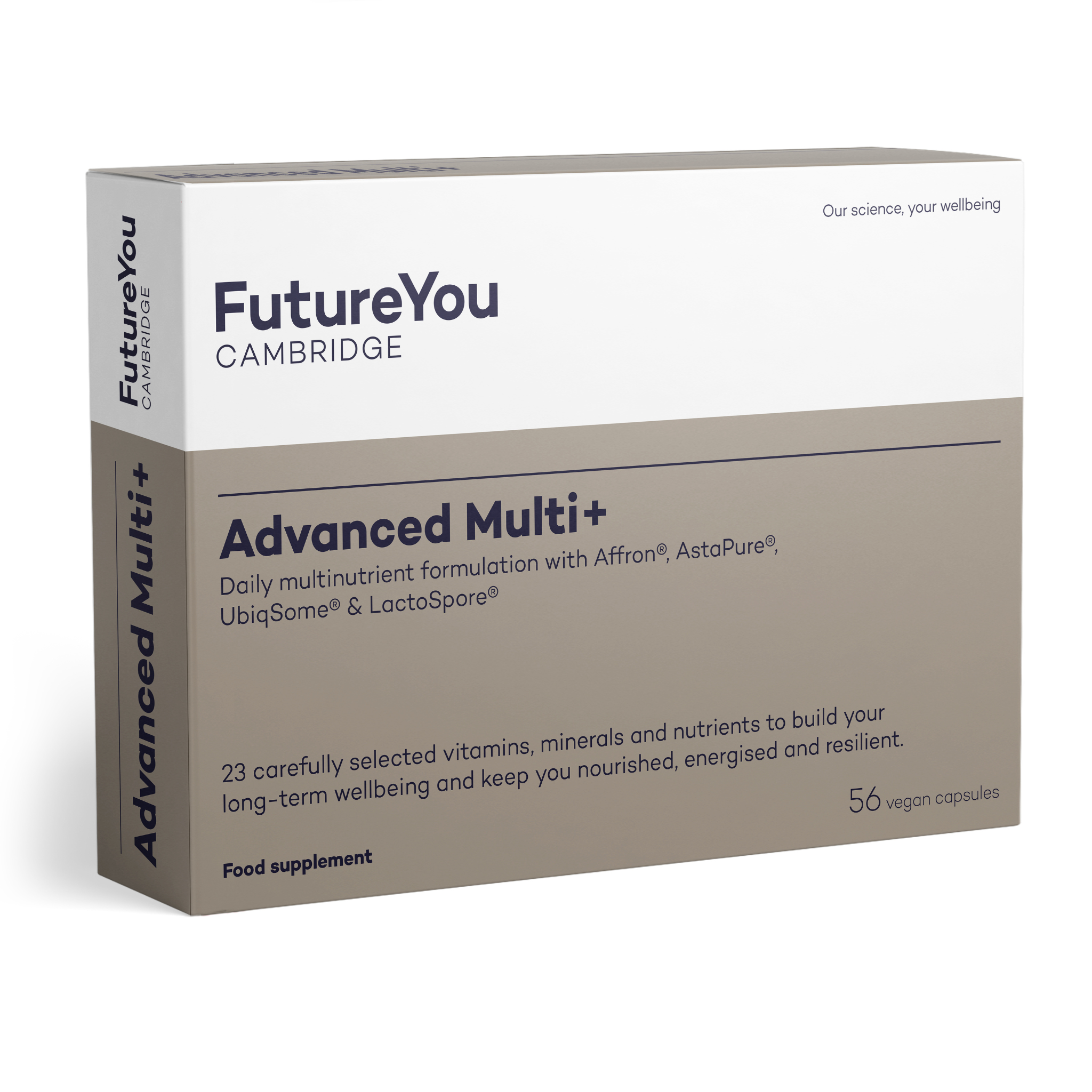
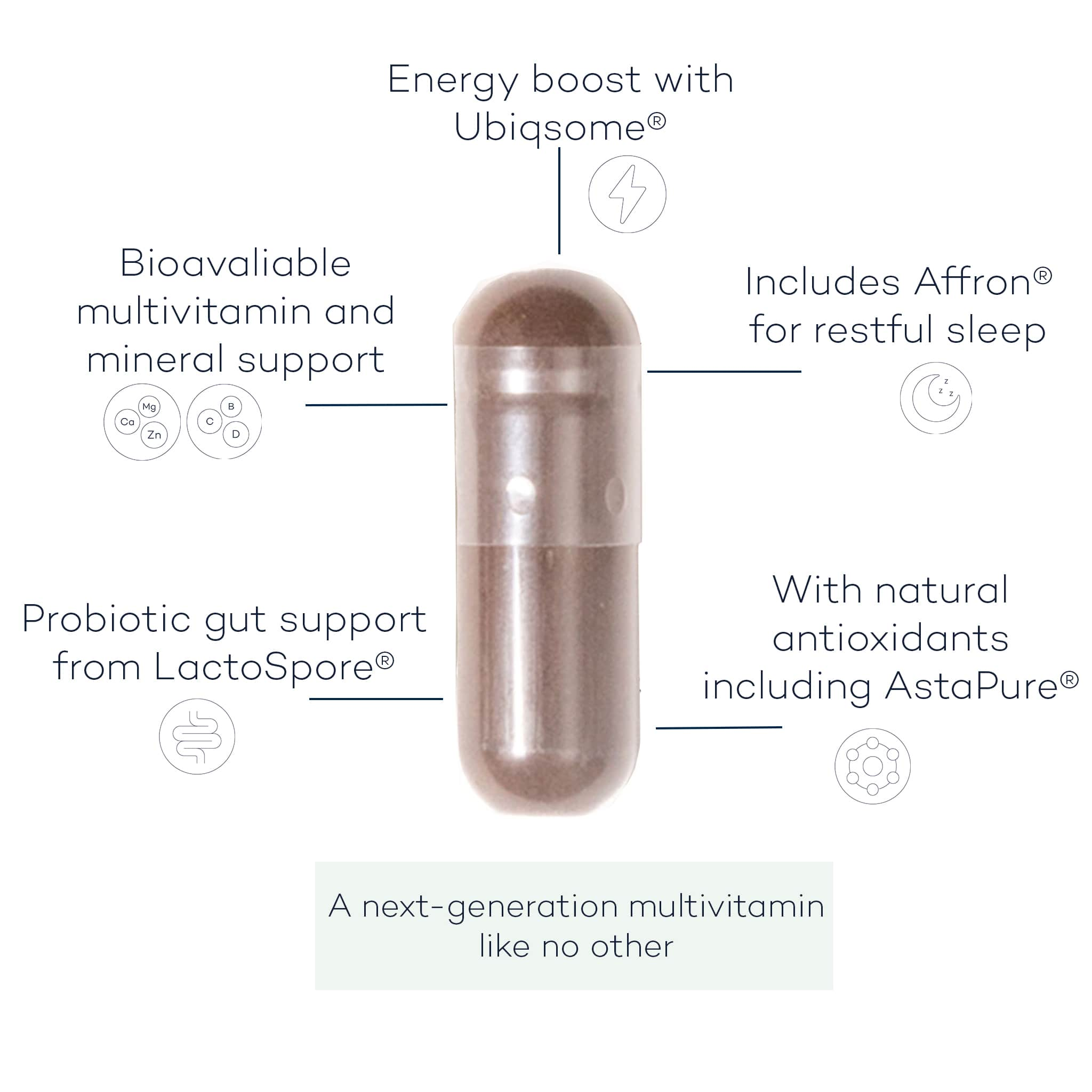




Leave a comment
All comments are moderated before being published.
This site is protected by hCaptcha and the hCaptcha Privacy Policy and Terms of Service apply.